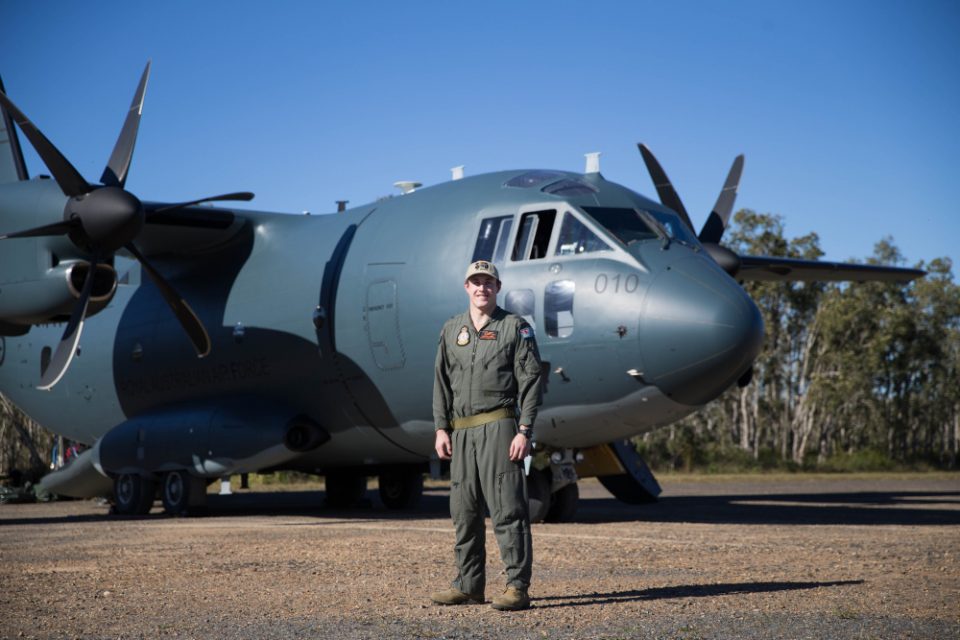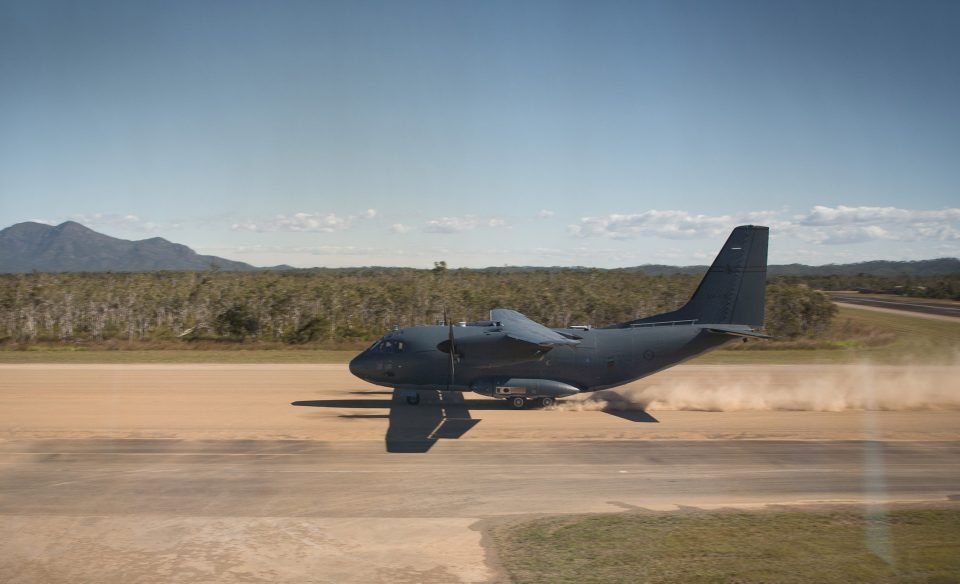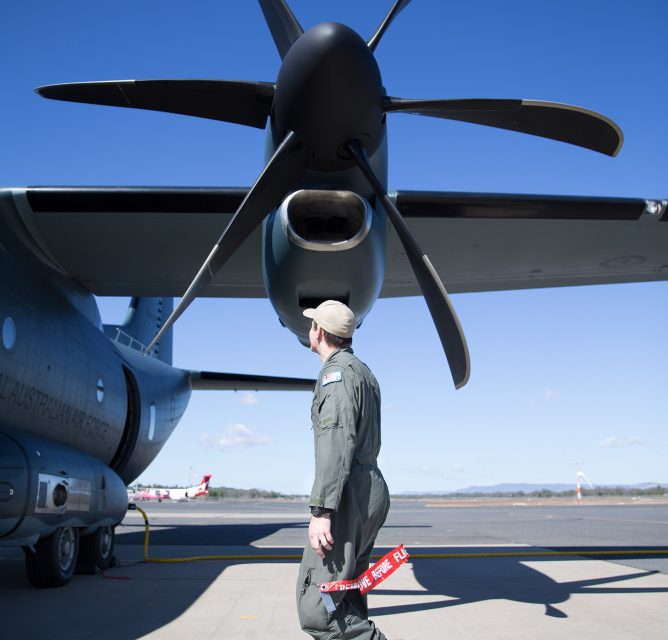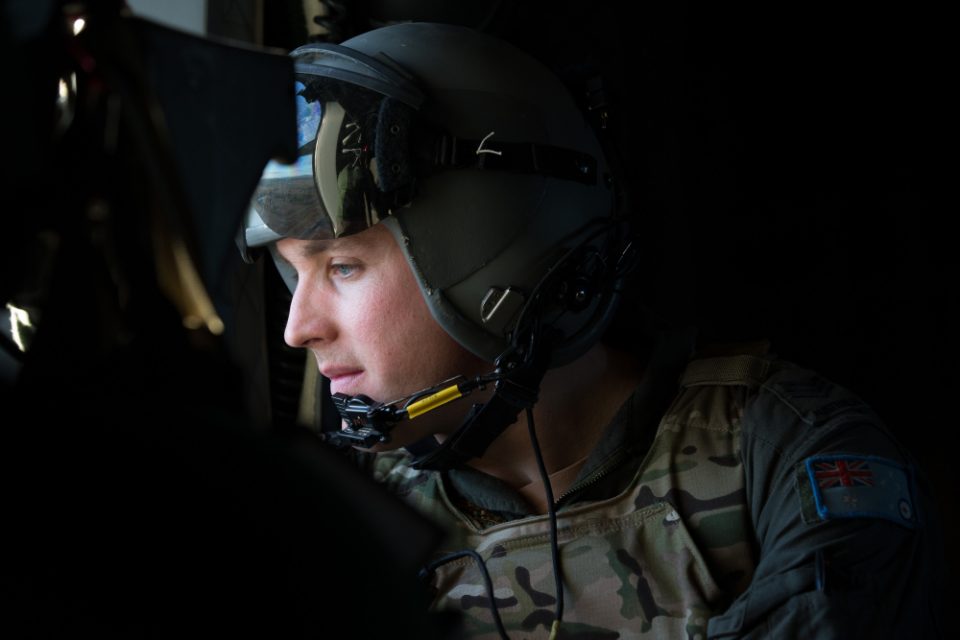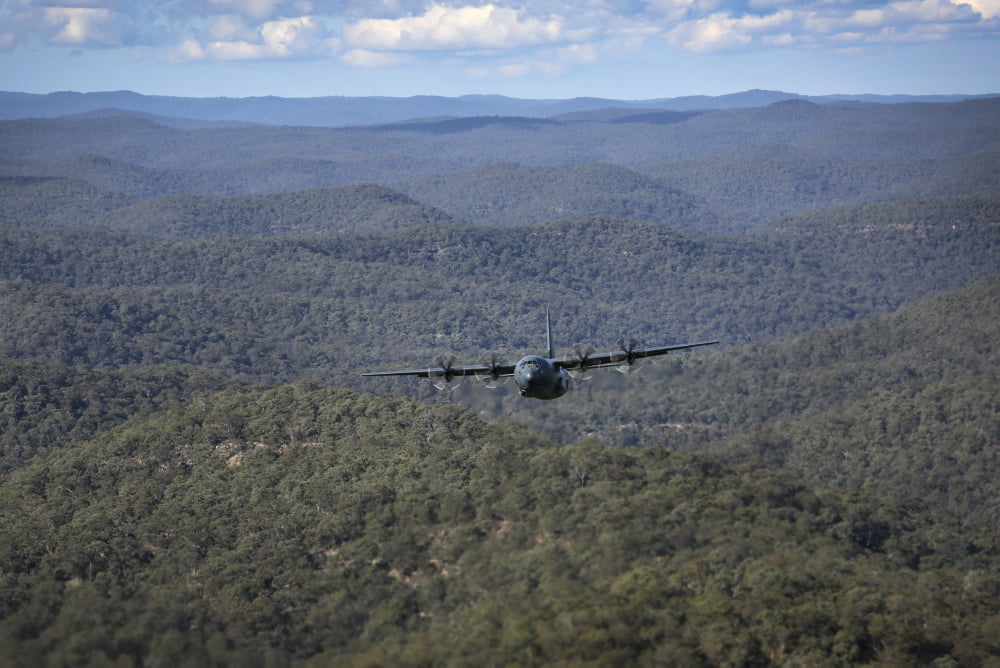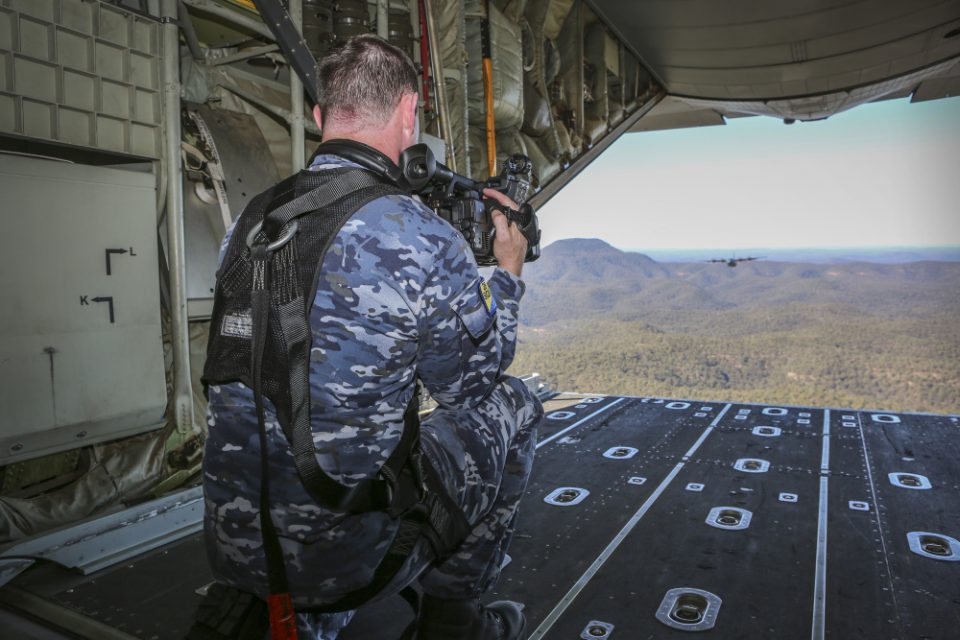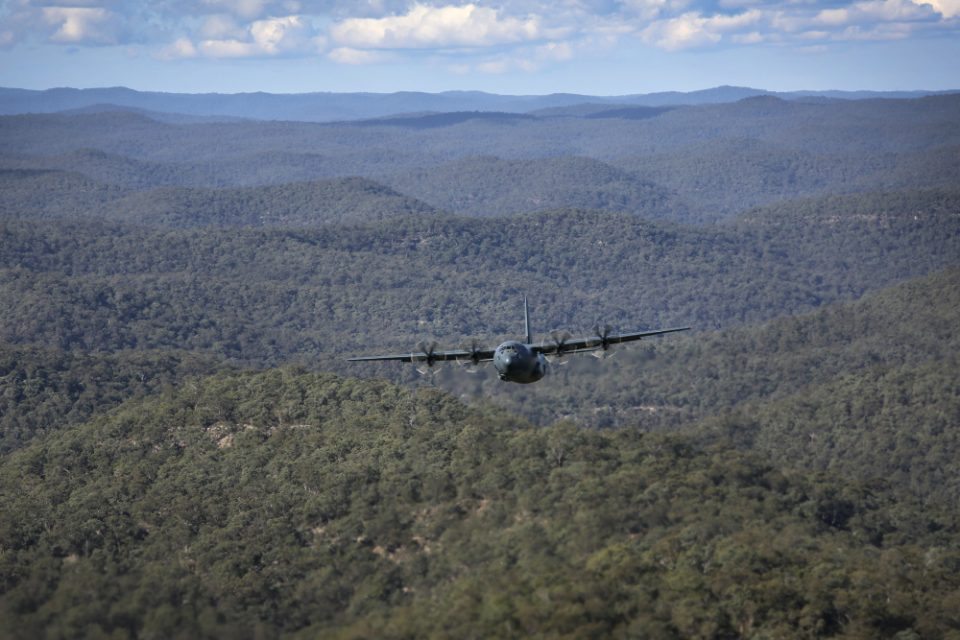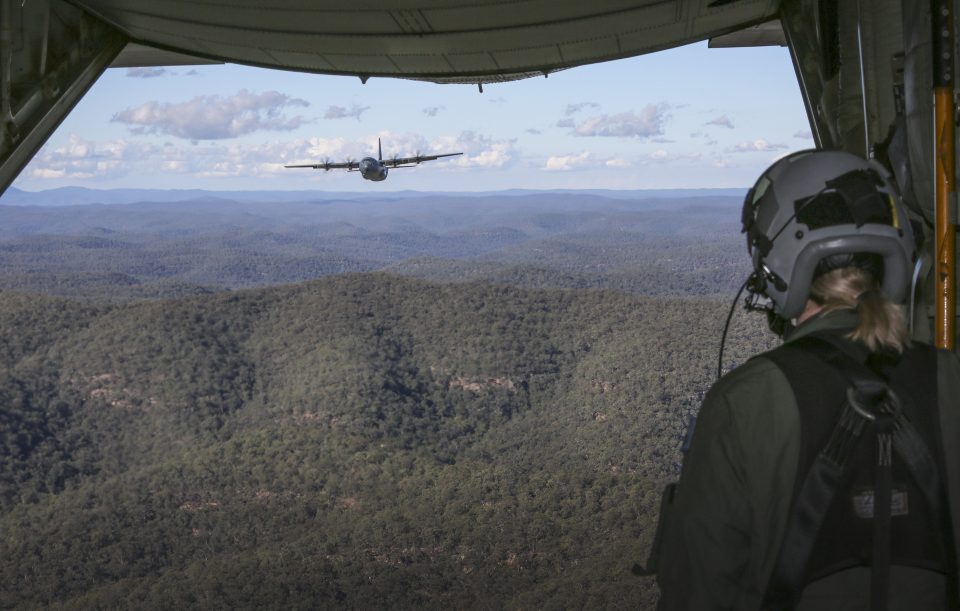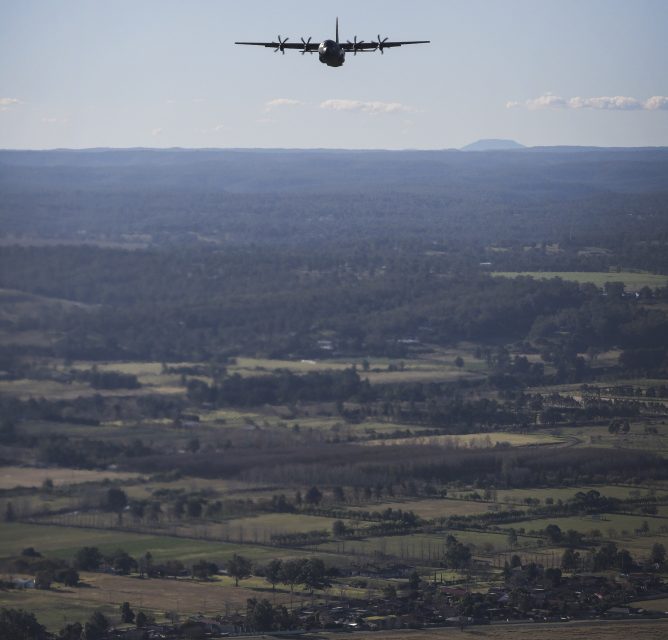Secretary Pompeo holds a joint press availability with Secretary of Defense James Mattis, Australian Foreign Minister Julie Bishop, and Australian Minister of Defense Marisa Payne, in Palo Alto, California.
PALO ALTO, CA, UNITED STATES
07.24.2018
U.S. Department of State
According to an article published on the Australian Department of Defence website, the meetings at Palo Alto were discussed as follows:
Secretary of State Michael R. Pompeo and Defense Secretary James N. Mattis hosted Australian Foreign Affairs Minister Julie Bishop and Defense Minister Marise Payne July 23-24 for the annual Australia-U.S. Ministerial Consultations at Stanford University’s Hoover Institution in Palo Alto, California.
Holding the meeting near the birthplace of the Australia, New Zealand and United States Security Treaty was a fitting affirmation of the vitality of the alliance and the significance of the Indo-Pacific region to the two nations’ shared future, state department officials announced today in a joint U.S.-Australian statement following the meeting.
As President Donald J. Trump and Prime Minister Malcolm Turnbull declared when they met at the White House in February, officials said, “the U.S.-Australia alliance is steadfast and enduring, and underpinned by a deep alignment of mutual interests and shared values.”
This year marks a century since U.S. and Australian forces first fought side by side at the Battle of Hamel in northern France in 1918, officials noted. “From the battlefields of Europe to this contested century, there are no greater friends than Australia and the United States,” the officials said.
Indo-Pacific Region
The secretaries and ministers emphasized both nations’ strong and deepening engagement in the Indo-Pacific region and made clear their commitment to work together — and with partners — to shape an Indo-Pacific that is open, inclusive, prosperous, and rules based, officials said. “A key outcome of discussions in Palo Alto is a joint work plan that advances our shared strategic interests in the Indo-Pacific, which has diplomatic, security and economic dimensions,” the officials said.
U.S. and Australian officials highlighted the priority each places on supporting an international rules-based order, alongside allies and partners. “In the Indo-Pacific, that order has underpinned decades of stability, democracy and prosperity,” officials said.
Officials from the two nations reaffirmed their strong support for Association of Southeast Asian Nations centrality and the ASEAN-led regional architecture, officials said, and discussed ways to expand cooperation in connectivity, infrastructure and energy security. “They welcomed the recent U.S.-Australia-India-Japan consultations on the Indo-Pacific in Singapore and reaffirmed their commitment to strengthen trilateral dialogue with Japan,” officials said. “Both nations continue to place a high priority on constructive and beneficial engagement with China.”
Defense Cooperation
The secretaries and ministers highlighted the importance of U.S.-Australia defense cooperation in the Indo-Pacific region, particularly through full implementation of force posture initiatives between U.S. and Australian forces in Australia, officials said. They also emphasized the value of Marine Rotational Force-Darwin and enhanced air cooperation for improving the interoperability of U.S. and Australian defense forces.
The two nations highlighted their commitment to raising the number of U.S. Marines rotating to Darwin to the full complement of 2,500 as soon as practicable, officials said. They committed to strengthening bilateral security partnerships with like-minded nations in the Indo-Pacific region through joint training and exercise opportunities.
The principals also decided to integrate U.S. force elements into Australia’s annual Indo-Pacific Endeavour exercise, officials said. The three-month exercise is aimed at deepening Australia’s engagement and partnerships with regional security forces, according to the Australian Ministry of Defense. During this year’s iteration, Australian Defense Force personnel will carry out a series of engagement activities and military training exercises during port visits in Vanuatu, Fiji, Tonga, Samoa, the Solomon Islands and Papua New Guinea.
Mattis and Payne committed to strengthening defense collaboration in science and technology, and signed a memorandum of understanding to perform critical research and development of advanced cyber capabilities, officials said. Under this memorandum, Australia and the U.S. will be able to jointly leverage each other’s strengths and technical expertise to collaboratively develop tools and software to address cyber and other security threats, the officials noted.
Economic Development
The secretaries and ministers committed to increased bilateral and multilateral cooperation on economic development in the Indo-Pacific region, recognizing that security and prosperity are mutually reinforcing, officials said. “Our two governments will work together, and with partners, to support principles based and sustainable infrastructure development in the region, which will promote growth and stability,” the officials said.
The U.S. and Australia also decided to collaborate to reduce the threat of emerging infectious diseases in the Indo-Pacific region, officials added, and to advance the Global Health Security Agenda and reinforce objectives of Australia’s Health Security Initiative for the Indo-Pacific.
The principals emphasized that militarization of disputed features in the South China Sea is contrary to the region’s desire for peaceful development, and reiterated the obligation to respect freedom of navigation and overflight, and other lawful uses of the sea, in accordance with international law, the officials said. Both sides called for the code of conduct for the South China Sea to be consistent with existing international law, as reflected in the United Nations Convention on the Law of the Sea, to support existing regional architecture, to reinforce the parties’ commitment to cease actions that complicate disputes and not to prejudice the interests of third parties or the rights of all states under international law, officials said.
North Korea, Regional Security
The allies welcomed the face-to-face talks between the leaders of the United States and North Korea and pledged to maintain pressure and strengthen cooperation to achieve the final, fully verified denuclearization of North Korea.
The secretaries and ministers support closer cooperation to promote the security, stability, resilience, and development of Pacific Island countries, officials said. “They highlighted the importance of strengthening regional information sharing, maritime security and domain awareness,” the officials noted.
Australia welcomed U.S. commitment to support the Australian Pacific Security College to deliver security and law enforcement training at the leadership level for Australian and Pacific region partners. The two nations also committed to coordinate sustainable capacity-building activities for Pacific Island countries with partners, officials said.
The two countries reaffirmed their determination to oppose actions that seek to undermine the international rules-based order. Noting the fourth anniversary of the downing of Malaysia Airlines Flight MH17 was July 17, the principals condemned the downing and expressed full confidence in the findings of the Joint Investigation Team concerning Russia’s role, the officials said. The principals further called on Russia to cooperate fully with efforts to establish accountability, including the process initiated by Australia and the Netherlands to establish the truth and achieve justice for the victims and their next of kin.
The secretaries and ministers underscored their shared commitment to the lasting defeat in Iraq and Syria of the Islamic State of Iraq and Syria, and to support Afghanistan, including through their nations’ development assistance and NATO’s train, advise, and assist mission to the Afghan security forces, the officials said.
The U.S. and Australia reaffirmed the importance of continued cooperation on counterterrorism and countering violent extremism efforts in Southeast Asia.
Australia will host next year’s Australia-U.S. Ministerial Consultations, the officials said



